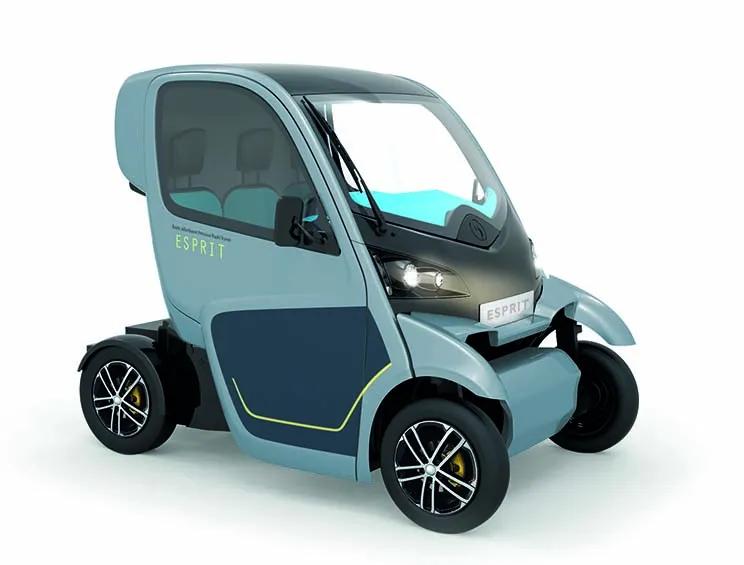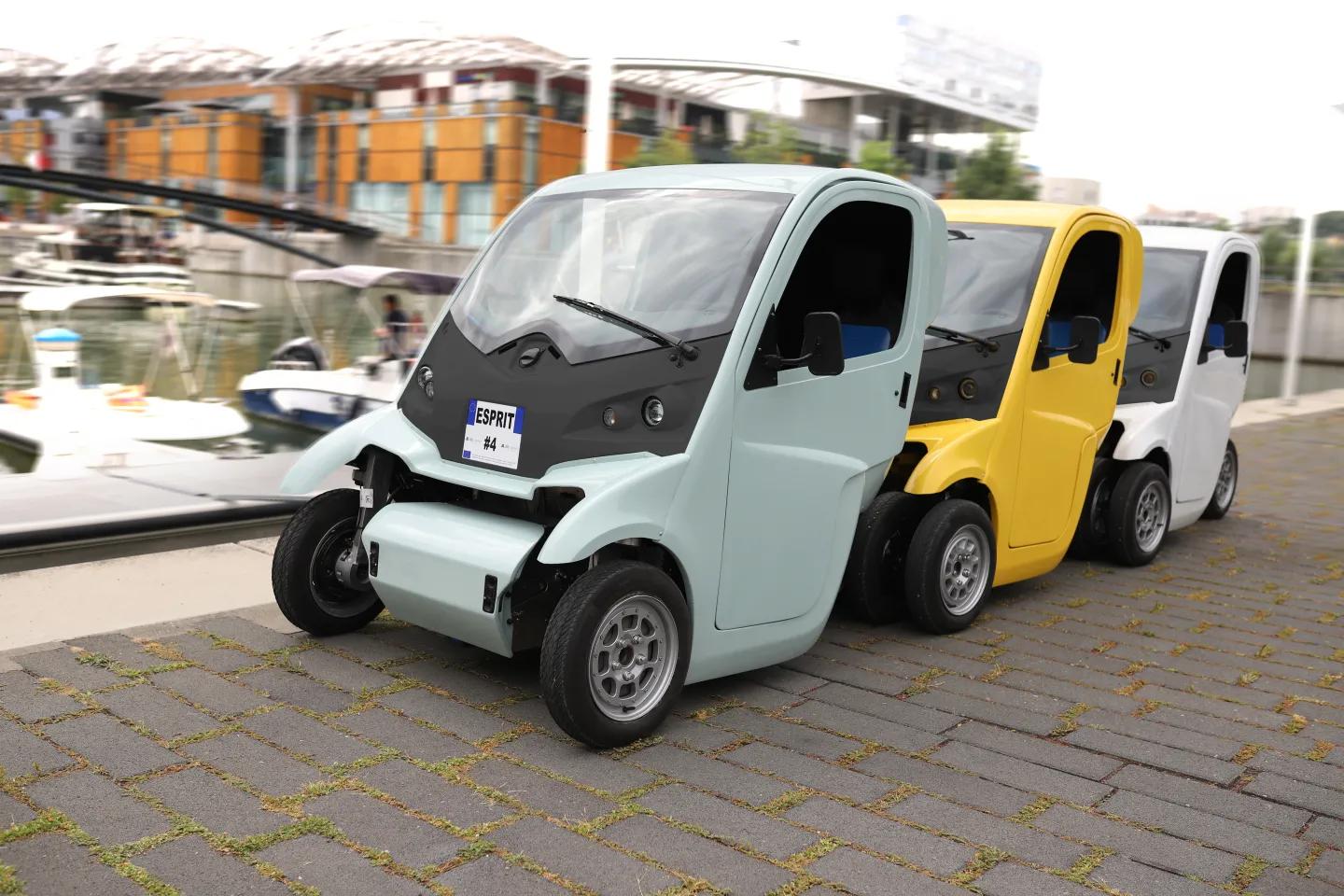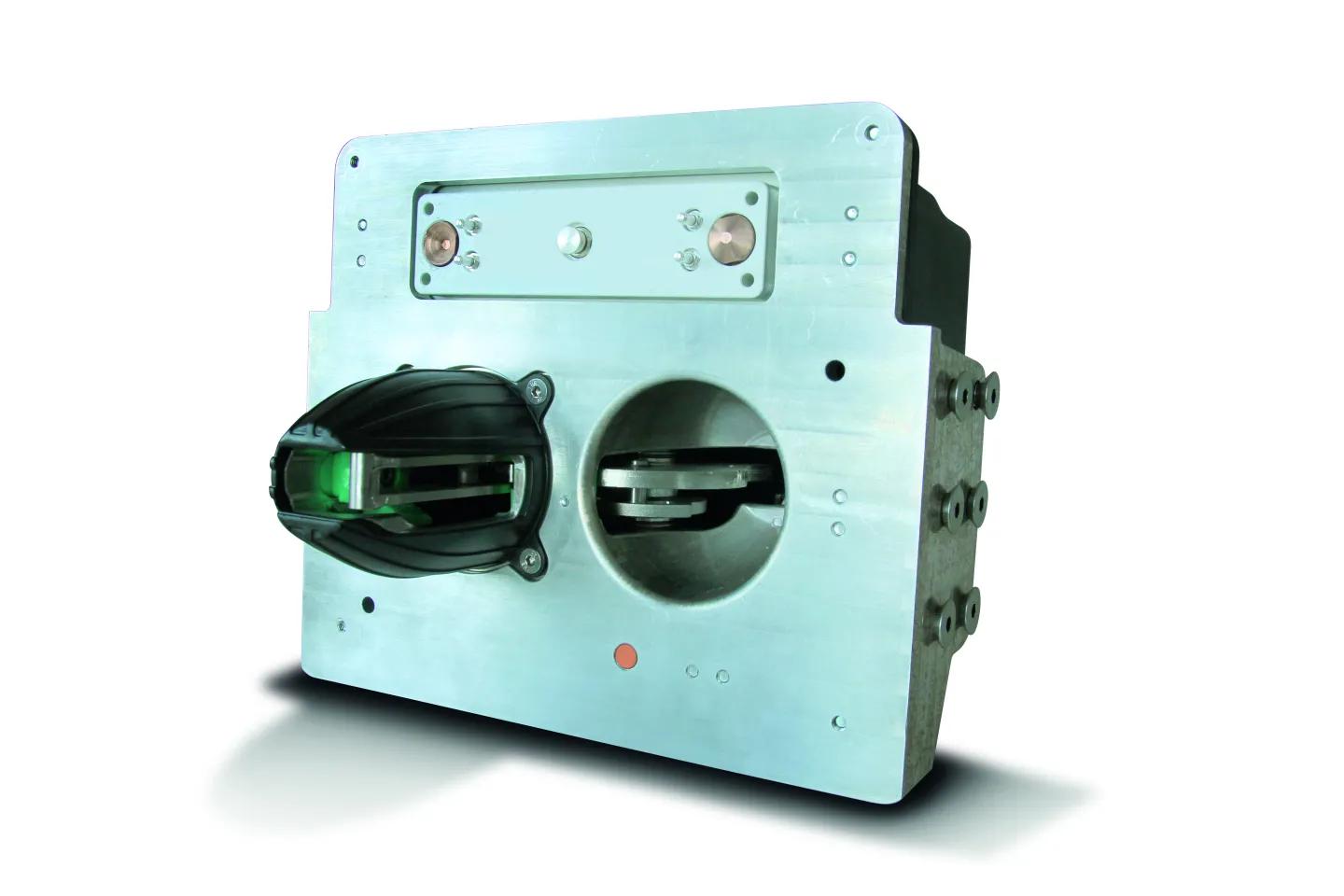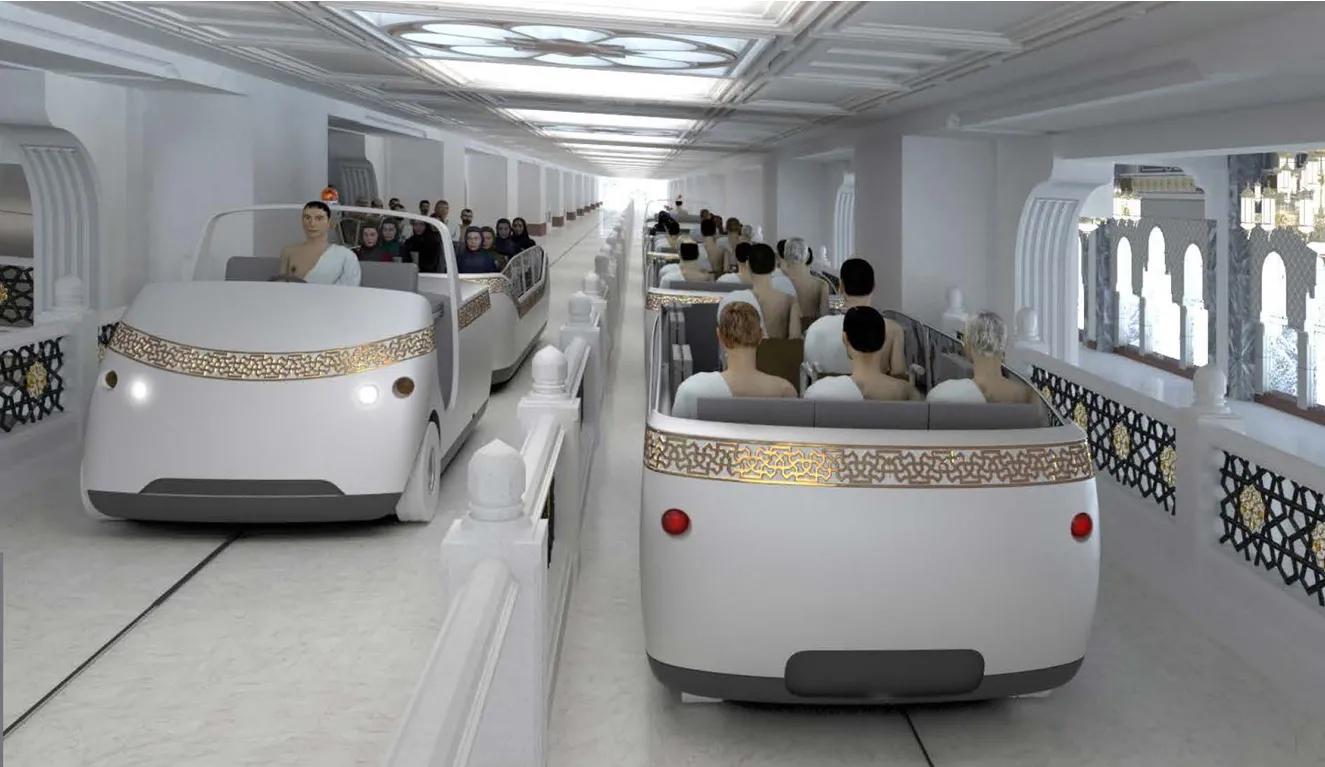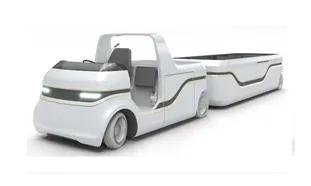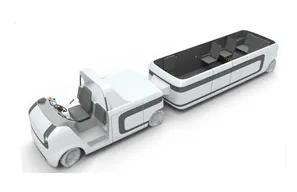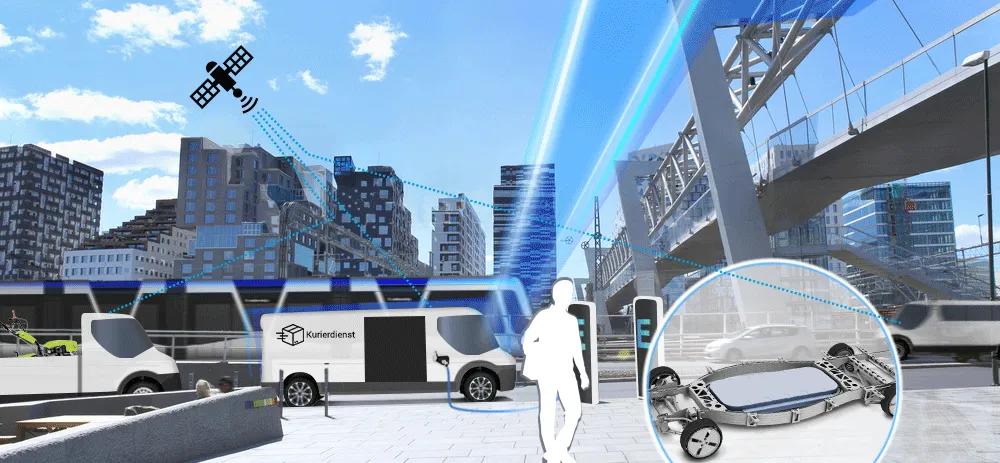
Automation
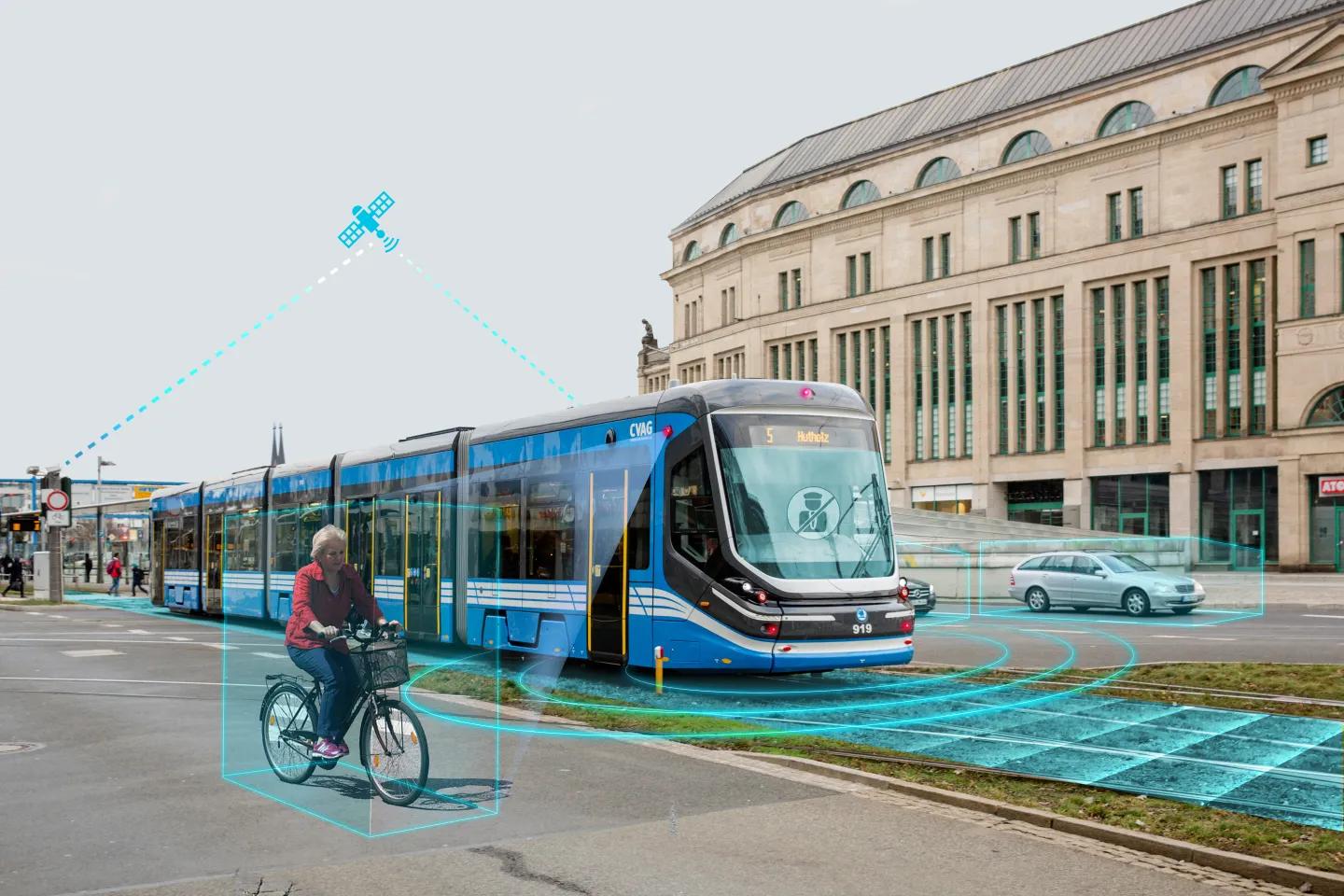
SmarTram
Development of technical solutions for the use of automation potentials in the streetcar sector
Project period: Okt 2022 – Sept 2025 | Project partners: IABG Industrieanlagen-Betriebsgesellschaft mbH, FusionSystems GmbH, Chemnitzer Verkehrs-AG
Work on autonomous driving has been going on for years in the aerospace and automotive industries, as well as in rail transport. This has already been fully implemented in some subways and delimited metro lines. However, current systems usually reach their limits when it comes to increased interactions with other road users, such as on the street or in streetcars.
For this reason, the planned project will develop and improve technical solutions for exploiting automation potential in the streetcar sector. This will be based on architectures and functions that have already been tested in the automotive sector and on the use of infrastructure. The technological focus is on the investigation and further development of hybrid systems including vehicle- and infrastructure-based sensors, the demand-oriented flexibilization of the vehicle and fleet system, the application of V2X communication and cloud computing technologies including the associated security aspects, and the design of the vehicle with special consideration of the passenger and vehicle guidance aspects that autonomous vehicle guidance requires. The practical validation of the technologies is carried out with the help of a streetcar and the operating environment of the Chemnitzer Verkehrs - AG.
Gefördert durch:

RailAIxs
Development of a reference architecture for a vehicle-based environment recognition for driverless rail traffic
Project period: Aug 2022 – Juli 2025 | Project partners: RWTH Aachen, FH Aachen, Qinum GmbH
Today, branch lines are often served by diesel railcars at a low frequency. Due to the unattractive service, passenger numbers remain low and economical operation is often not possible. Freight traffic is often completely discontinued except for the possible service of sidings of large industrial areas. As a result, many branch lines have been taken out of service. Furthermore, it is becoming increasingly difficult to find skilled workers to drive multiple-unit trains. With the introduction of driverless light local railcars, lower operating costs can be achieved and a denser frequency sequence can be offered, which increases the attractiveness of rural local transport. Lightweight construction, small size and a battery-electric drive system also reduce energy requirements compared with today's vehicles.
The aim of the project is the development of a reference architecture for a vehicle-based environment recognition for driverless rail traffic, especially for the application on secondary lines, its implementation and testing being done by means of a demonstrator. The data requirements and the systematic development of innovative possibilities for using and networking the data in the context of the BMVI will be researched.
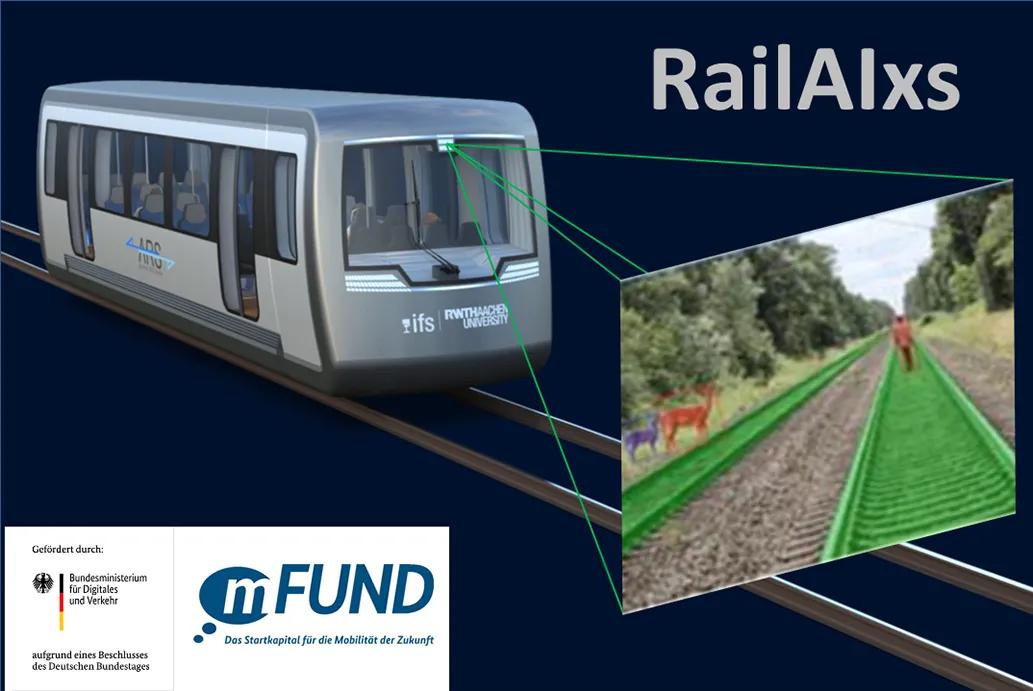
Gefördert durch:

ESPRIT – completed research project
Note: This project was funded by the European Union's Horizon 2020 Research and Innovation Program under Grant Agreement No. 653395.
The Easily diStributed Personal RapId Transit (ESPRIT) project aimed to develop a special lightweight L-class electric vehicle that could be stacked together to save space and driven as a road train. It is part of the Horizon 2020 program of the European Union. Up to 8 ESPRIT vehicles can be nested in one truck train to allow efficient fleet redistribution and an intelligent, balanced, and cost-effective transportation system. A total of 20 partners from 7 countries were involved in the project.
- Vehicle development (design, CAD modeling, clutch construction, prototype construction)
- Vehicle Automation
- Vehicle maintenance
Completed research project: People Mover System
About 2 million people make the annual pilgrimage to Mecca for the Hajj, the pilgrimage around the Kaaba. The believers circle the cube-shaped building made of black stone seven times unti-clockwise.
To enable pilgrims with limited mobility to perform the Tawaf and Sa'e (pilgrims walk seven times (4 laps) back and forth between the two mounds Safa and Marwa), an automated system should be developed within the expanded Haram building. In this context, the people movers must be able to handle the high passenger capacity and be deployable without rails and other obstacles for flexible use on the mezzanine (mezzanine and mezzanine floors).
Important design and engineering requirements were to ensure the physical and religious integrity of the Holy Haram, the welfare of the pilgrims, as well as the formal design into the religious environment (shape and color language, details such as ornaments...).
